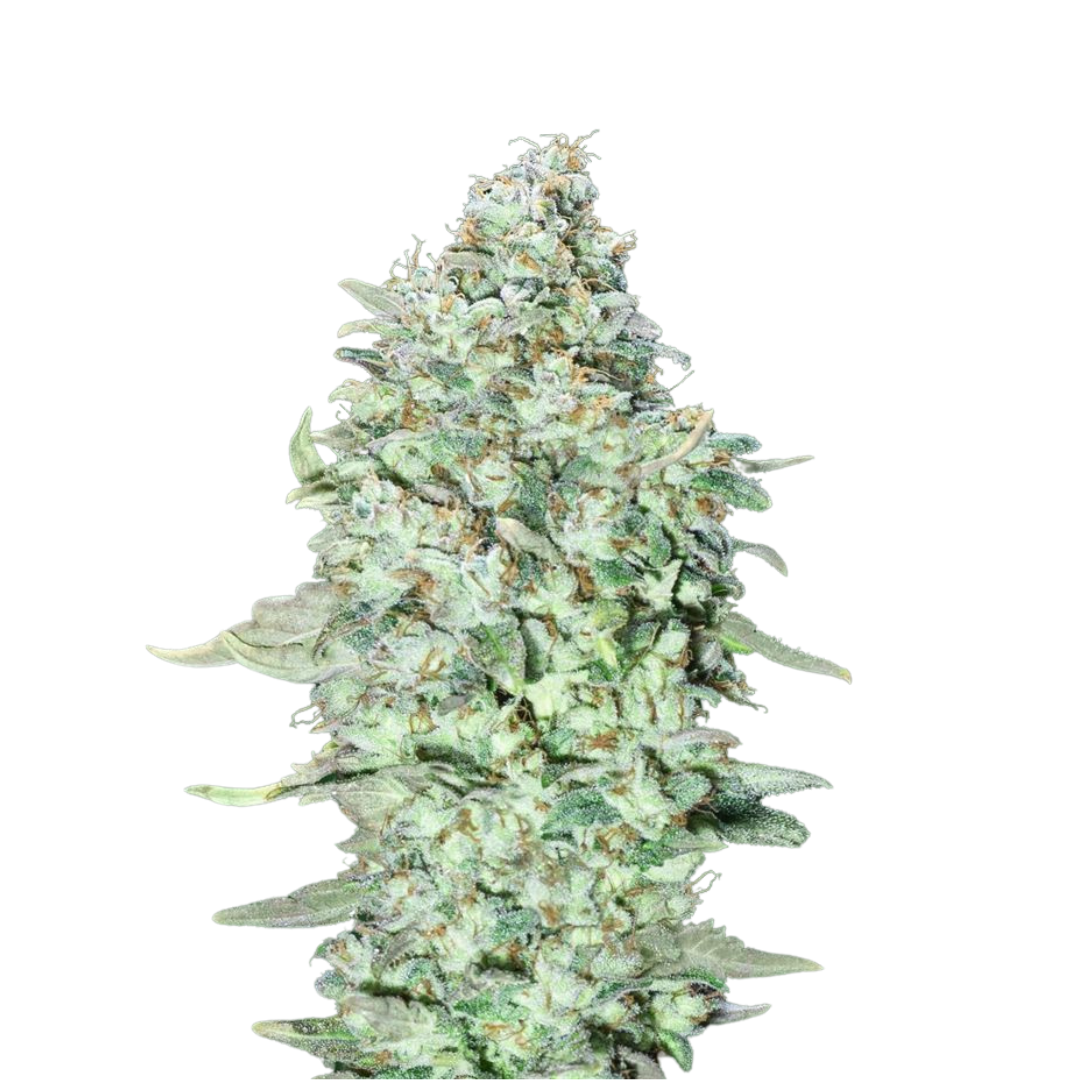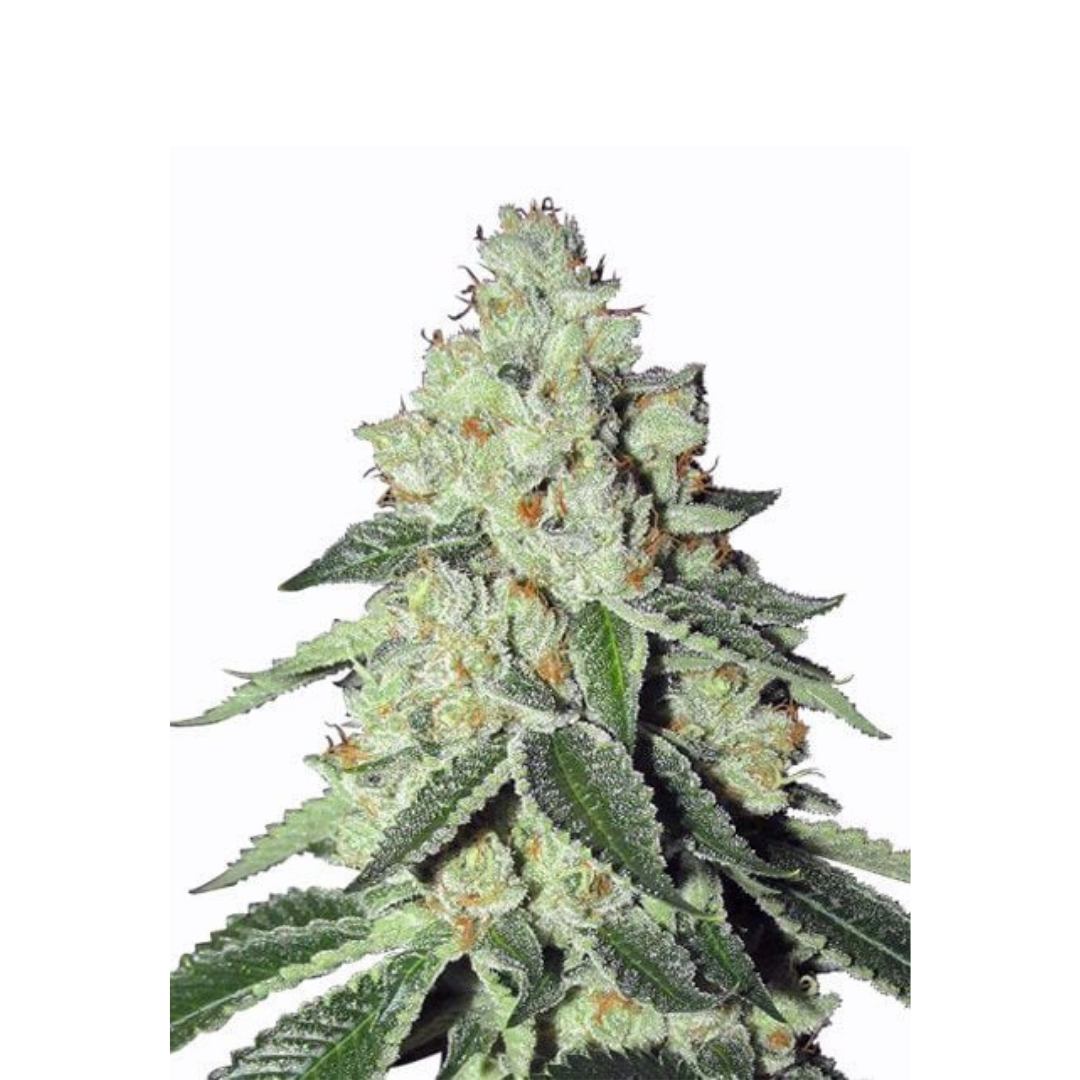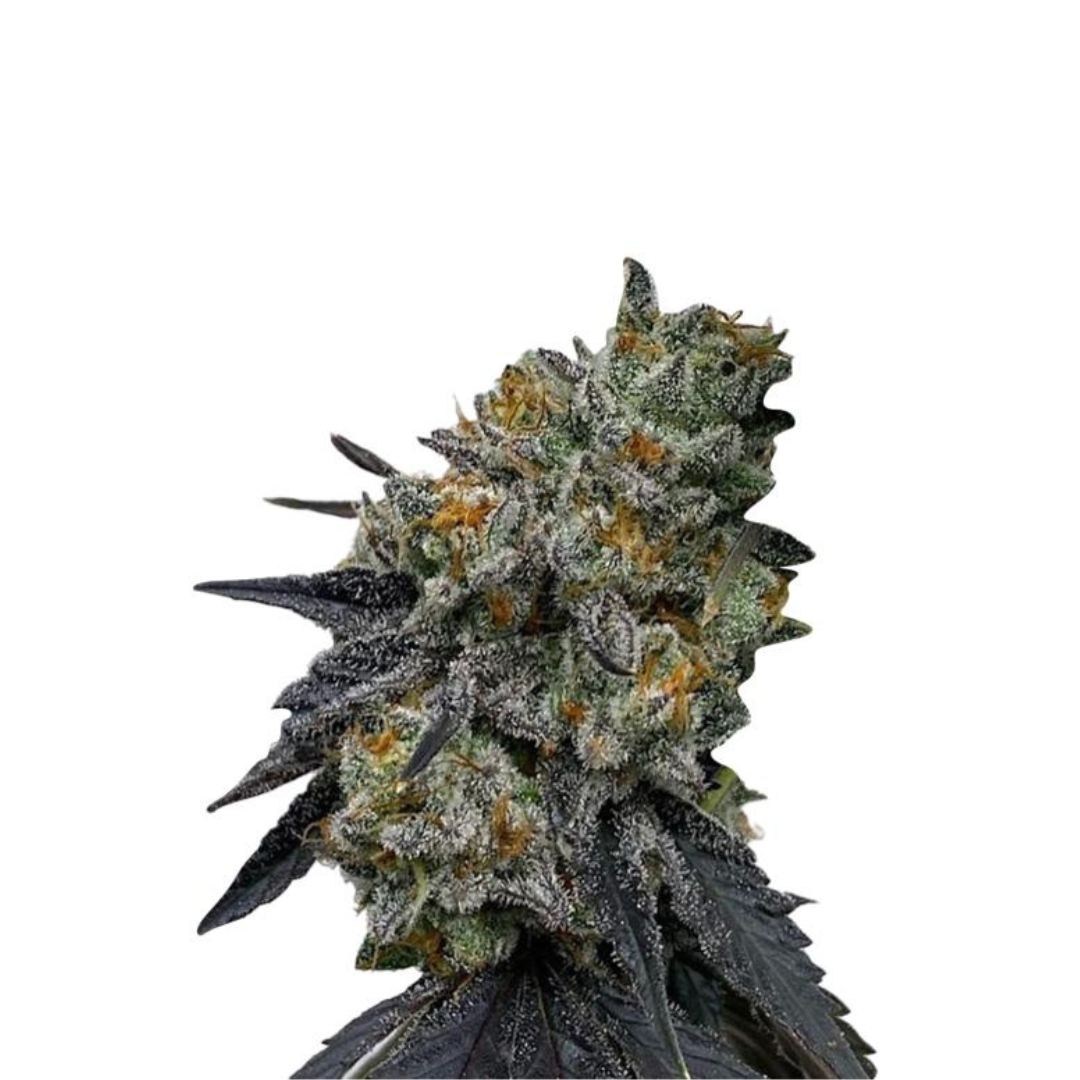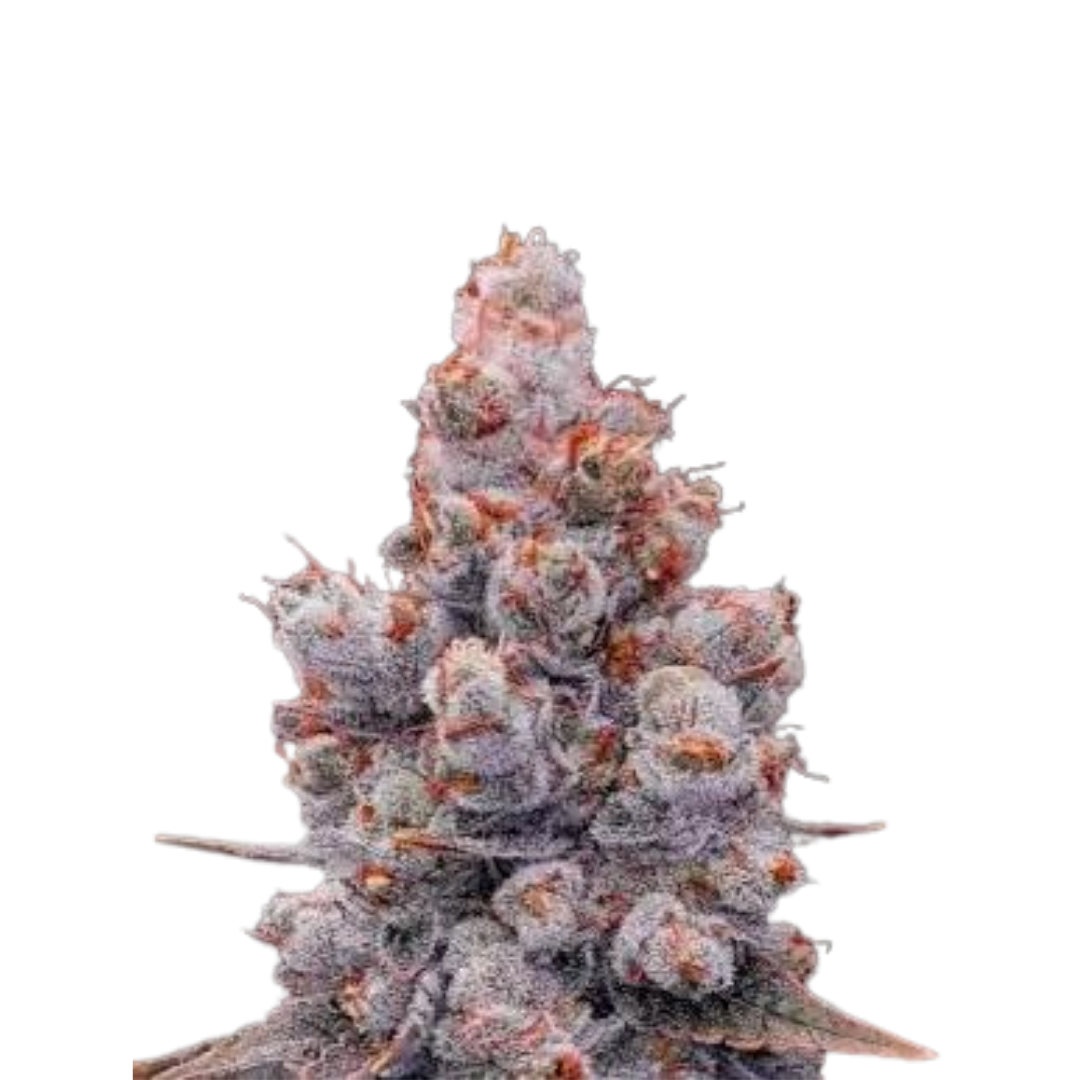Cannabis cultivation and energy consumption: environmentally friendly approaches
Learn more about organic cannabis cultivation methods! Our detailed guide covers topics such as energy-efficient lighting systems, effective climate control and sustainable cultivation methods to optimize your cultivation both economically and environmentally. Grow cannabis sustainably, reduce energy consumption and thereby lower your costs!
Growing cannabis in a controlled environment often results in high energy costs and a significant carbon footprint - which is far from desirable in this day and age! For environmentally conscious growers and those looking to reduce their operating costs, this is a significant challenge.
This article will explore effective methods for reducing energy consumption in your grow room, focusing on lighting and controlling temperature and humidity. It will then look at other environmental aspects of growing cannabis. Use the insights and tips gained to make your grow more environmentally friendly and cost-efficient.
The relevance of energy efficiency in cannabis cultivation
Why is it important for growers to prioritize energy efficiency? There are two main reasons that seem obvious: one is to reduce costs, and the other is to minimize environmental impact. Why should the fun of a few come at the expense of the planet?
Indoor cannabis cultivation requires a lot of energy, especially for lighting, temperature and humidity control. Using energy efficient methods can reduce operating costs and the ecological footprint. Understanding the energy balance in the grow room
Many people start growing cannabis out of a passion for the plant and a desire to bring a piece of nature home (or simply to get high). But this passion comes at a price. Studies have shown that producing one kilogram of cannabis indoors can generate up to 4,000 kilograms of CO₂ emissions, which is roughly equivalent to driving an average car over 18,000 km.
These figures include both direct and indirect emissions, with larger producers accounting for a significant proportion. However, smaller, in-house facilities also contribute to the environmental impact. Taken together, this results in a significant amount of carbon emissions. Identifying the main energy consumers
An analysis of energy consumption reveals that around 33% of emissions are due to lighting, followed by ventilation (27%) and air conditioning (19%). These elements are the main contributors to the high energy consumption in cannabis cultivation and show where more efficient measures can have the greatest impact.
The main energy consumer in cannabis cultivation – lighting
In the grow room, lighting accounts for the largest share of energy consumption in cannabis cultivation. Anyone who wants to make their cultivation more efficient must take this aspect into account, as optimal lighting is crucial for the success of the harvest. It is important to balance energy consumption with efficient plant growth and to develop innovative approaches that enable more sustainable cultivation without compromising the quality of the harvest.
Use of LED lighting in plant cultivation
Switching to LED lighting is an effective step toward energy-efficient growing practices. LEDs offer numerous advantages over traditional HID lamps that go beyond just energy savings.
LEDs generate significantly less heat, minimizing the need for extensive cooling systems and thereby further reducing energy costs. Their longevity and durability are remarkable, as is their ability to emit a broad spectrum similar to natural sunlight. These properties make LEDs not only more environmentally friendly, but also effective at promoting plant growth, making them a powerful and energy-saving lighting option.
Here are some relevant data to illustrate:
- Heat radiation and energy efficiency : A 600W HPS lamp can radiate as much heat as a 600W fan heater, which can affect plant growth without proper temperature control. In comparison, LED lamps can save 30-50% in energy costs over HPS lamps.
- Energy performance indicators : HPS lamps achieve an average efficiency of about 1.2μmol/J, while high-quality LEDs can achieve efficiencies of 2.0μmol/J or more.
- Lifespan and replacement cost : While HPS and MH lamps typically need to be replaced every 12-18 months and last about 10,000-20,000 hours, LED lamps can achieve more than 50,000 hours of operation and a lifespan of over 5 years, reducing replacement costs and frequency.
- Cost comparison : Although HID lamps have a cheaper initial cost (between 200 and 500 euros), basic LED systems start at around 300 euros, with more advanced models that can cost several thousand euros.
Optimization of LUX and PPFD values in the grow room
To avoid wasting energy, it is crucial to accurately determine and regulate the light intensity (LUX) and photosynthetic photon flux density (PPFD) in your grow room. These values act as guidelines that allow growers to use exactly the amount of light needed for the well-being and productivity of their plants - without excess.
By precisely adjusting these variables, you can ensure that the lighting system is not under-utilized or unnecessarily driving up energy costs. The goal is to achieve an optimal ratio where every photon contributes to promoting growth and no energy is wasted.
Adjusting the lighting duration during the growth phase
During the growth phase, cannabis does not require continuous light. Reducing to an 18-hour light cycle can significantly reduce energy consumption without affecting plant growth. This adjustment harmonizes with the plants' natural growth rhythm and offers additional potential for energy savings. By applying an adapted lighting strategy during the growth phase, growers can significantly reduce the energy requirements of their systems.
Early transition to flowering phase in photoperiod varieties
For growers of photoperiod cannabis strains, initiating the flowering phase earlier can reduce the overall energy consumption of the plant. While this tactic may result in lower yields, it offers a significant opportunity for energy savings. While this trade-off may be unattractive to some, it is still worth considering.
Consider using the SOG method: switch the lights to a 12/12 cycle once plants reach a certain size (around two weeks). This technique encourages the growth of individual colas and limits lateral branch growth to individual buds. Some growers use this 12/12 method right at the beginning of the vegetative phase and achieve a similar yield per square meter with many small plants in small pots while using less energy overall. This is a fast and efficient method.
Efficient control of temperature and humidity in cannabis cultivation
Temperature and humidity are critical to successfully growing cannabis, ranking second only to lighting in terms of energy consumption. Carefully regulating these environmental factors will not only ensure the health and performance of your cannabis plants, but can also significantly reduce your facility's energy consumption.
In this section, you will learn how to efficiently control the temperature and humidity in your grow room.
Integration of passive climate control methods
Implementing passive climate control methods is a simple concept that nevertheless goes a long way in regulating temperature and humidity in a grow room, especially considering the energy costs associated with active heating and cooling systems.
In colder climates, natural warmth from sunlight can be harnessed by placing the grow room on an upper floor near a window facing south, reducing the need for artificial heating. This, coupled with the use of existing central heating that is primarily used for space heating, can keep temperatures at ideal levels for cannabis cultivation without additional energy costs.
In warmer climates, however, choosing a north-facing room on the cooler lower floors of the house for the grow room can help to benefit from naturally cooler conditions and minimize the need for air conditioning. This approach not only helps save energy, but also keeps the plants naturally cool.
Use of automated climate control systems in cannabis cultivation
Thanks to technological advances, sophisticated solutions have also emerged in cannabis cultivation: automated climate control systems. These systems combine fans, humidifiers, heaters and air conditioning in an integrated system monitored by sensors and a central controller. This allows growers to precisely adjust environmental conditions to the individual needs of their plants.
By using on-demand technology, these smart systems ensure that equipment is only active when necessary. For example, the system will automatically turn off when the ideal room temperature is reached. This accuracy and efficiency in automated climate control not only results in energy savings, but also minimizes the uncertainties in determining the ideal growing conditions. This makes it an indispensable tool for the modern cannabis grower, allows less time to be spent monitoring and makes the process less labor-intensive overall. It even allows you to be lazy about saving energy!
Solar panels: Using the sun’s power to grow cannabis
In the pursuit of sustainable and energy-efficient cannabis cultivation, solar panels offer a viable way to offset the energy needed for temperature and humidity control systems. If your plants aren't growing directly under the sun, why not use the sun's energy to power them?
Solar panels convert sunlight into clean, renewable electricity, enough to support the entire operation of a grow room or at least cover a significant portion of its energy use. It could even produce enough surplus energy to power your home.
Beyond the grow room: Indirect energy consumption
While the focus is often on direct energy use in the grow room, it is equally important to consider the indirect environmental impacts and associated energy use of cannabis cultivation. Reducing indirect energy sources allows growers to further reduce their environmental impact.
Composting and recycling of crop materials
From composted organic waste to substrates that rely on the use of fossil fuels for production and transportation, the range of actions in the cannabis cultivation lifecycle ranges. By composting organic material and recycling growing materials, growers can significantly reduce their indirect energy consumption and carbon footprint, which not only reduces waste volumes but also integrates a circular economy into the cultivation process.
Rainwater harvesting
Cannabis plants require water, and energy consumption can be indirectly affected here too. The treatment and distribution of tap water is an energy-intensive process associated with each unit of water used. Rainwater harvesting offers a sustainable alternative that reduces dependence on urban water systems and the associated energy consumption, while making efficient use of natural resources.
Organic fertilizers: A sustainable nutrient solution
Switching to organic fertilizers, such as those obtained through methods such as Korean Natural Farming and JADAM, is a step towards more sustainable and energy efficient farming methods. These practices use local natural resources to produce effective fertilizers that nourish plants without the high energy costs associated with producing synthetic nutrients. Using organic fertilization methods reduces the energy footprint of cannabis cultivation while promoting plant growth and minimizing the risk of problems such as over-fertilization.
For growers who want to learn how to make their cultivation more environmentally friendly, here are some useful tips:
- Check your grow room's energy usage to see which devices are using the most energy.
- Use LED lighting as it is the most energy efficient type of plant lighting.
- During the growing season, use a lighting period of 18 hours of light and 6 hours of darkness.
- Start the flowering phase earlier to shorten the total lighting time.
- Implement passive climate control techniques.
- Integrate automated systems to make your farming more efficient.
- Use organic fertilizers and try to make them yourself if possible!
Make cannabis cultivation more economical and environmentally friendly
Cannabis cultivation consumes a significant amount of energy both directly and indirectly. From the energy-intensive lighting systems to the more subtle but equally important requirements of water, nutrients and climate control, every component of cultivation in grow rooms and gardens contributes to the overall energy footprint of cannabis production.
With the insights and methods presented in this guide, growers can take a more sustainable and cost-effective approach. By utilizing LED lighting, fine-tuning environmental controls, using renewable energy, and sustainable growing practices, it is possible to significantly reduce direct energy use in grow rooms. Additionally, growers can also reduce the indirect energy requirements of their growing practices through measures such as composting, recycling, rainwater harvesting, and using organic fertilizers.








